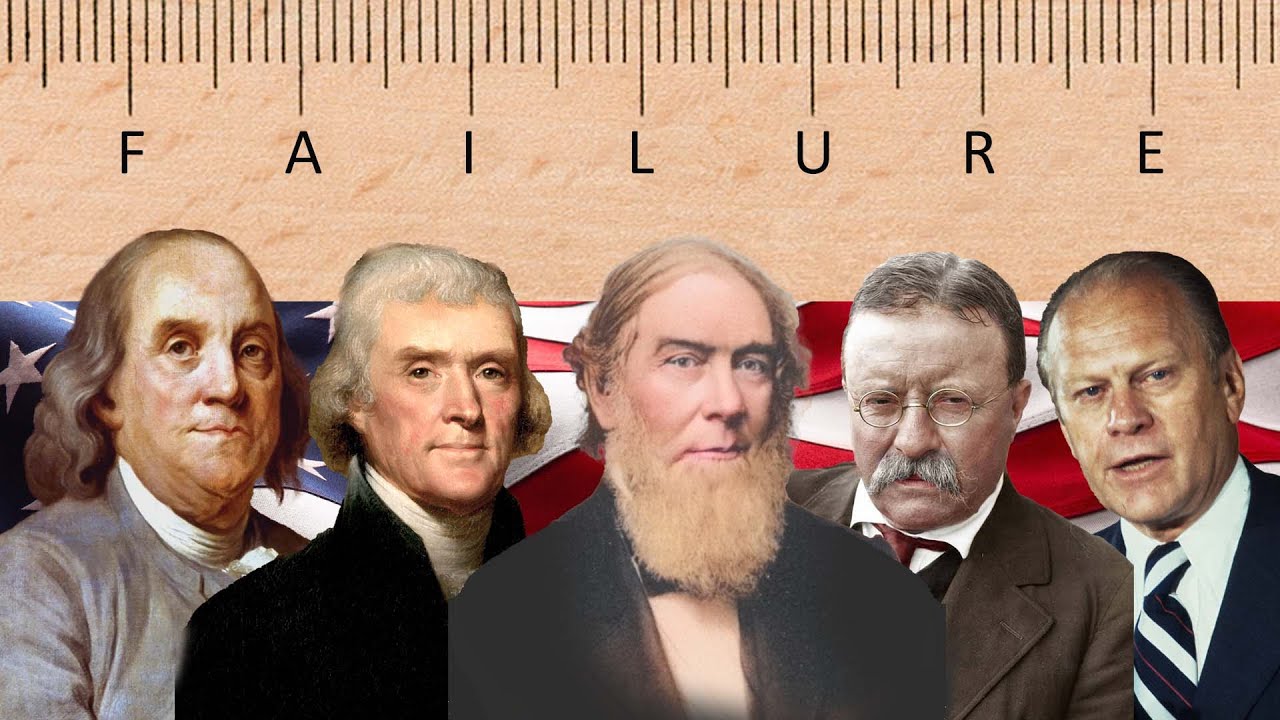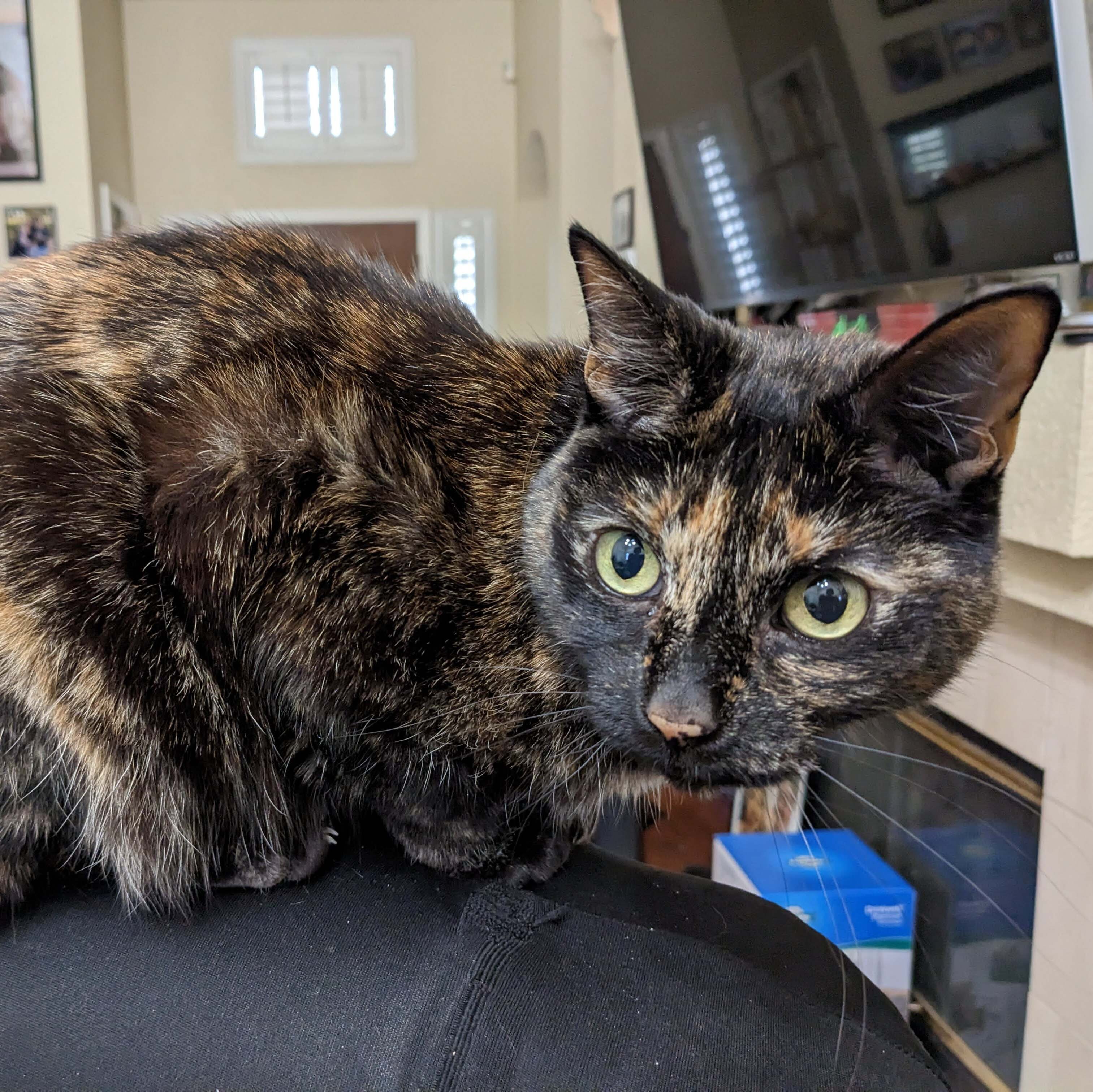The US has no issue with the metric system, and most engineering and scientific people switched decades ago. The military is mostly all metric too. The general public of the US is a harder nut to crack, asking a population of stubborn freedom lovers to change something they’ve known their whole life is damn near impossible.
I switch my stuff to metric all the time, and the usual response isn’t “oh that’s interesting”, it’s nearly always, “the fuck is wrong with you, why would you want that weird shit?!”. If the government suddenly made all weather reports metric, the T-Shirt sellers would all become millionaires overnight from selling anti-metric slogans.
Americans: go pick up the closest consumer packaged good within reach. You will find it is labeled with metric.
It would be nice to get highway signs in both units, though with Google maps obeying whatever’s selected in your settings, that matters less than ever. Some woodworking stuff is just too far gone down the imperial hole and will never come back. But other than such odd niches, you can live a metric life in the US without much trouble.
Americans: go pick up the closest consumer packaged good within reach. You will find it is labeled with metric.
Yes, but that’s likely because they want to sell it in Canada without changing the packaging design, isn’t it? Even if they have to put French on the other side for Canada, it’s cheaper in terms of development to have a single English design for both the U.S. and Canada, so it will be labeled in both Imperial and metric.
I thought it was because of China, but hell, all manufacturing probably occurs in metric.
Americans use metric system for measuring bullets
And drugs!
And 2 liter bottles of soft drinks.
Some bullets if they are nato standard or originated in europe. But other wise it can be based in inch or how many round balls you can make by dividing one pound of lead
That last one doesnt even make sense. Do you have any info on that? Im curious now
If the caliber is given in gauge or bore its the pound of lead i think. So a 12 gauge shotgun is the diameter of 1/12pound lead ball
Muzzleloading rifles have their own hunting season, and reenactors go hard.
Not just muzzleloaders shotguns are based on dividing a pound of lead
Many videogames are in metric too. Battlefield and many other games use it.
No? Caliber is based on the inch
I’m far from a weapon expert, never held a real firearm in my life, but 9mm bullets are a thing, no?
I’m fairly sure there will be a lot inch-based calibers as well; but one of the most known calibers has mm literally in the name.
(and I know there are e.g. the .50 Magnum appearing in many movies/games; which is based on inch; but I would say less iconic than a 9mm; at least in the kind of movies and games I grew up with)
Technically, the inch is defined by the meter, so it’s all SI.
Could be argued 44 magnum and 45 acp are more iconic than 9mm luger but the americans also uses the mm for 5.56 and 7.62 wich are nato standards. Funnily enough they dont extend this too the 50 bmg wich is called 12.7 where im from.
Caliber can be based on a lot of things. Gauge and bore for exampel is based on the mass/volume (density?) of lead
I try to use metric as often as possible. I measure everything in millimeters in grams. I still haven’t switched over to Celsius completely yet but I’d like to.
That’s great and all. But by measuring everything in millimetres and grams you miss out on the very thing that makes the metric system great; the easy conversions. You can measure things in millimetres and easily switch to centimeters, just by moving the decimal sign, when the measurement gets large enough. That way you can almost always keep the numbers manageable. No need to say 1500 millimetres. Just say 1,5 m.
Yes, the metric system is quite great
Weight as well. One liter is exactly 1kg of water. In precipitation (rain amount) 1mm is exactly 1l or 1kg of water on 1m². So when they say there will be 8mm of fall, that’s expected around 8l per square meter which is quite intuitive.
I still like the feel of feet/inches for length, but grams are way, way better for cooking and meal tracking.
Celsius is pretty easy. You probably like 20c inside year round. The high teens to mid 20s are comfortable. 13c and below is quite cold. 25c and up is quite hot.
If you use a PC, your temps are probably 30-85c, which is an easy way to learn too.
“30 is hot, 20 is nice, 10 is cool, 0 is ice” is a good way to learn human temps.
My recommendation, just set your phone/watch/thermostat to C. You’ll learn it within a few weeks of cutting over :)
I love how americans have ambient temp in F and computer temps in C.
Just like how we sell milk in gallons but soda in liters.
deleted by creator
heres my question. What do they use for a wood 2x4 in metric countries? And does the size actually match the name (unlike the US).
90mm x 45mm is what’s available near me for framing timber. And yes it’s more accurate.
Millimetres in general are used heavily in construction, everything is stated in them, even into the thousands where people normally would have switched to metres.
Millimetres in general are used heavily in construction, everything is stated in them, even into the thousands where people normally would have switched to metres.
Similar thing in the US but with inches vs feet. In framing, no one would ever call for a “3 foot 2 and a half inch block,” it’s just “38 and a half”
One yard two and a half inches.
This unreasonably upsets me. Haha
As I see it, the problem is that for the vast majority of people in the U.S. there is no compelling reason to change. People rarely need to convert units and rarely (but more often thanks to social media) need to talk to anyone who uses metric. I see it as a cultural quirk not unlike a dialect.
Of course for science, industry, and other situations where conversion, accuracy, and international communication are involved it very much matters and U.S. needs to use metric as much as possible.
America: Our shit doesn’t make sense and we like it that way.

Every time a Europeasant makes fun of it, we add a new kind of standard measurement.
(While the important stuff is done in metric)
Freedom units
There would be mass confusion if the US went metric.
Seemed to work fine everywhere else.
Whoosh
I dont think they get it.
There’s mass confusion now. It’s why industry by industry is voluntarily metricating. Most famously American aerospace used US Customary until a conversion error crashed a Mars mission.









